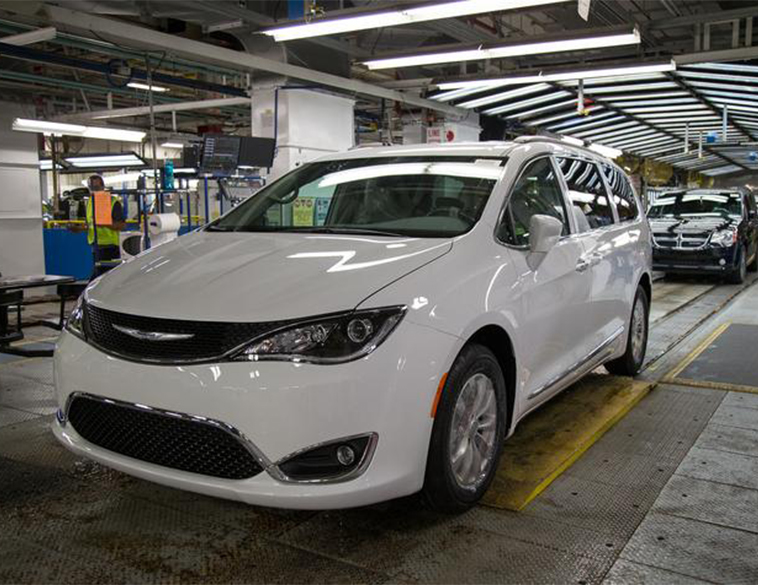The Stellantis Windsor Assembly Plant (WAP) has been recognized by the Association of Energy Engineers (AEE) for the 2021 Canada Region Energy Project of the Year.
The plant’s winning project reduced energy usage in the paint shop by 20,250 gigajoules (GJ) or 8% annually of the topcoat process, the equivalent of the electricity used in 490 homes in one year.
The WAP energy management team was awarded for key process improvements implemented during the topcoat paint application process as part of its “Topcoat Observation Booth Downdraft Optimization” project.
“Our energy management team at the Windsor Assembly Plant has once again risen to the challenge with their dedication and leadership in eliminating energy losses and enhancing eco-friendly efficiencies within our plant and throughout our company overall,” said Jon Desjardins, WAP Plant Manager.
“I’m very proud of their continued efforts in creating a positive and sustainable environmental footprint.”
“I’d like to congratulate Stellantis on their recent Regional AEE Energy Project of the Year award in the Canada Region,” said Melanie Claus, Membership Director of the AEE.
“Identifying top energy losses and developing solutions that can be standardized is a perfect representation of what AEE members are doing to further advance the energy efficiency industry.”
Topcoat Observation Booth Downdraft Optimization
At the Windsor plant, which builds the Chrysler Pacifica, Chrysler Pacifica Hybrid, Chrysler Grand Caravan and Chrysler Voyager (U.S. market) minivans, a new vehicle rolls off the line every 48 seconds.
It takes approximately 27 hours to complete a vehicle, with 8-10 of those hours spent in the paint shop.
A recent onsite study conducted by the plant’s energy management team identified opportunities to reduce energy consumption in the paint shop.
A detailed assessment that began in November 2019 confirmed that the topcoat process was a top source for energy loss in the paint shop.
The energy management team determined that energy could be saved by optimizing the downdraft airflow in the three paint booths.
In the booths, there are 18 air houses that pump in the fresh air and 20 exhaust fans that help create an equilibrium to maintain a steady temperature of 62 degrees Fahrenheit and required downdraft.
The three paint booths are each divided into eight zones.
In the “Observation Zone,” the team optimized the downdraft airflow from the air houses by reducing the rate of fresh air in that zone while maintaining the required airflow and temperature in the other zones.
They were able to do this without compromising the plant’s paint application quality and performance.
For these efforts, the plant is also in the process of receiving an incremental energy rebate on behalf of the Independent Electricity System Operator (IESO) of Ontario and Enbridge Utilities.
Stellantis and the WAP energy management team will be honoured at the AEE Regional Awards Tuesday, Oct. 19, the day prior to the opening of the 2021 AEE World Energy Conference & Expo in New Orleans, Louisiana.



